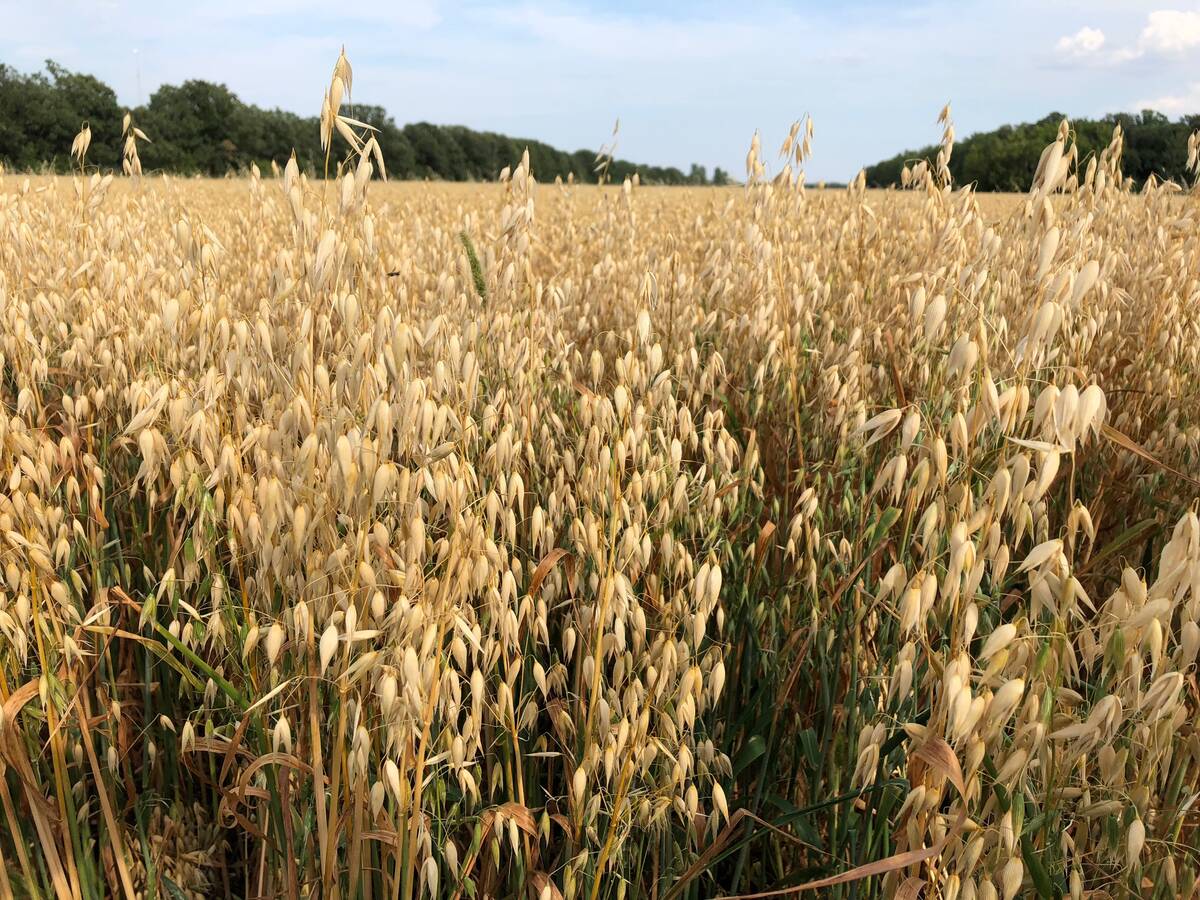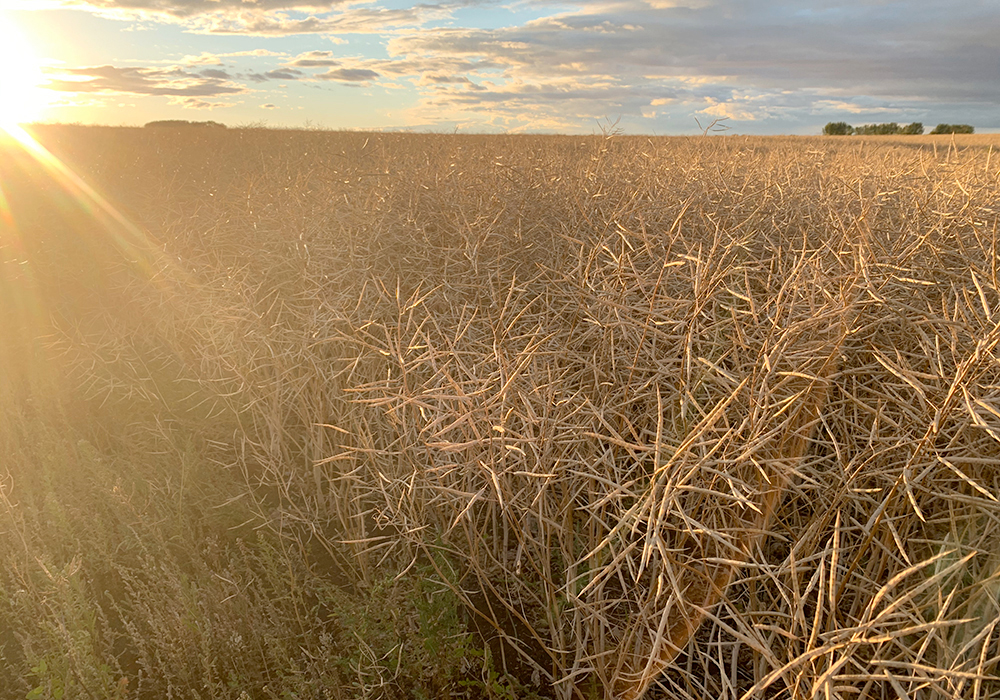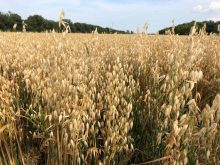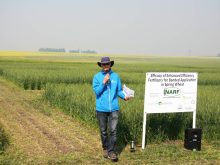Independent plant scientist Dennis Bulani has spent his career pursuing the agronomy of high-yielding crops. He concludes that any one of six critical factors can limit the high yields he’s targeting.
Bulani says the six basic factors of agronomy can each be rated on a scale of one to 10. One is a failing score. Ten is a record crop, but only if all six factors rate 10. All it takes is one area to rate low, and the whole crop slips down to that common denominator.
If five of the six factors rate nine, but crop protection rates six, then the whole crop will rate six. Money spent in those other five areas is wasted. Bulani began developing his six-part rating system 20 years ago.
Read Also

Controversy fails to prevent PGR use in oats
Some Manitoba oat growers are still using chlormequat chloride — the active ingredient in Manipulator —and sometimes to measurable success.
- Seedbed preparation — Preparing the seedbed with proper moisture, seed-to-soil contact and crop rotation to allow for the best emergence of seed to express its genetic potential.
- Seed quality — Select genetic potential along with germ, vigour, thousand kernel weight and protein to allow for maximum seed imbibition and stand establishment.
- Seed date — Date on the calendar determines the amount of solar radiation received to affect yield potential along with soil temp at time of seeding.
- Seed placement — Depth at which seed is placed and the consistency of it along with its placement between the existing stubble rows is critical.
- Crop nutrition — The balance of 4R nutrient management on all essential nutrients, macros and micronutrients.
- Crop protection — Weeds, diseases and insects affect the yield of the crop.
If producers are looking for yield or quality and scoring lower in one category than the others, look to the lowest scoring factors first to allow for the greatest improvement. Work forward from that point. Look to Liebig’s Law of the Minimum to find the next limiting factor with the lowest score.
















